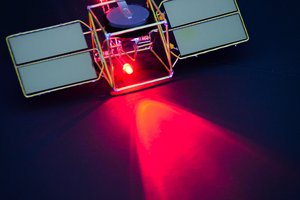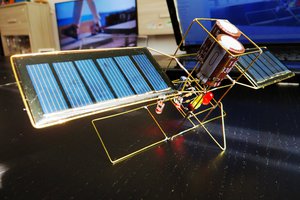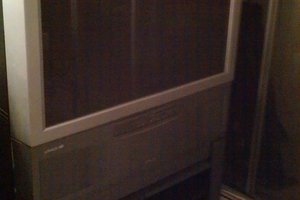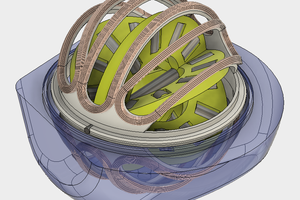To prepare the model, I worked with Tinkercad. The result is available here https://www.tinkercad.com/things/jkEFheK3qjw-cosmo-skymed-model-with-base
I chose the scale to use some small solar panels I had as the satellite panels.
The construction was straightforward. I simply cut the PVC foam parts according to the Tinkercad project measures and glued them together.
Then, I applied tin foil (natural and gold) to achieve a more satellite-like appearance.
For the base, I just cut and bent it with my acrylic bending tool (the typical DIY device made of two boards of wood and a nichrome thread).
I wanted the model to do something, as a static one would have been too boring. I tried to think of some possible actions, like turning around with a clockwork mechanism or following the light, but, in the end, I did not like either.
Eventually, I decided to go for some light effect (even if actual satellites do not need lamps), with the satellite panels providing the power (I do not want to be accused of stealing electricity at work :D ).
Regarding the flashing circuit, I had a problem to solve: lighting in offices is usually insufficient for solar panels to provide significant power. Therefore, I had to collect and store energy for some time to obtain enough energy for one flashing and then repeat the process. For this purpose, I adapted a variant of the Joule thief I found online (apologies for not providing the credits: I lost the link) that was perfect for my needs: low input voltage and high efficiency. I connected the two solar panels in series to reach the minimum voltage to make the circuit work even in dim light.
Since it needs time to accumulate enough energy for each flash, the frequency of the flashes depends on the room lighting.
You can play with the circuit at this link to the Falstad project: https://tinyurl.com/2gvygr6y
 Andrea Console
Andrea Console
 Ricardo Sappia
Ricardo Sappia

 frankstripod
frankstripod